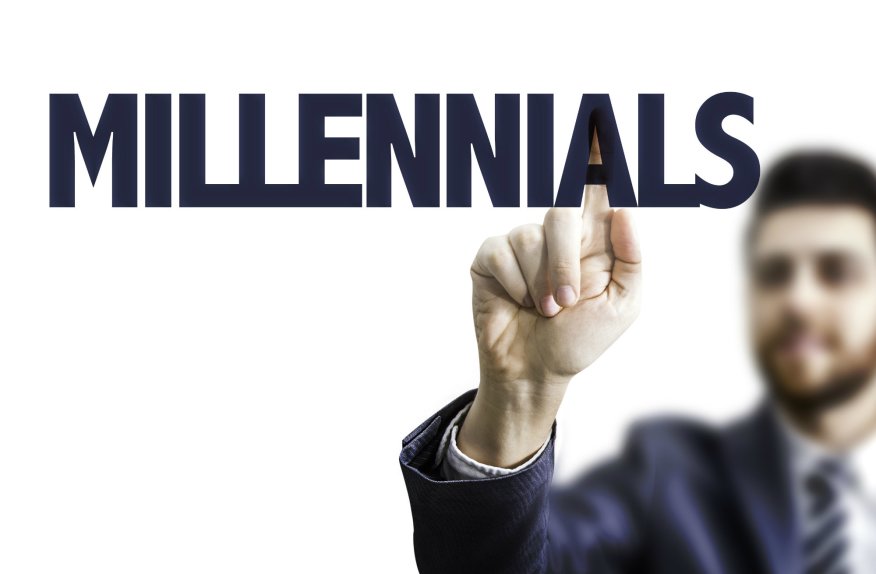A new report studies millennials and their habits.

A few weeks back, I wrote about how the millennials are “stuck at home” and not venturing out as prior generations of Americans did, and therefore not forming new households. My premise was that millennials will eventually do their share in bolstering the still-recovering housing market. Well, now the Brookings Institution’s Metropolitan Policy Program has published a well-researched and seminal work on the millennials, analyzing every aspect of their culture and lifestyle, and it makes for instructive and educational reading.
This sizable demographic, defined as being born between 1981 and 1997, now make up a quarter of the country’s population, or 75 million strong. They have grown to become America’s largest generation, eclipsing the current size of the postwar baby boomers (which includes me). They also represent 30% of the voting age population, and nearly two-fifths of the working-age population, giving credence to those mayors, developers, and business leaders trying to be more millennial-friendly.
The report looked at the group from many perspectives, including racial/ethnic diversity, education attainment, homeownership rates, poverty, and marital status – among others. Analysis of U.S Census data shows an increasingly diverse generation: 55.8% are white and nearly 30% are what the authors called “new minorities,” namely Latin, Asian, and those identifying as two or more races. So notably, the millennial generation is the most diverse adult generation in American history. While the generation’s lasting legacy is yet to be determined, the report states this generation is set to serve as a social, economic, and political bridge to chronologically successive, and increasingly racially diverse, generations.
And interestingly, the census data revealed where they are moving to, and living in, across the country. These migration patterns are seen by some as a type of proxy for a city’s economic health. Overall, the millennial population increased 4.7% nationally between 2010 and 2015, but it grew in uneven ways geographically. These divergent growth patterns reflect a numbers of factors, including housing costs and economic growth, and can be seen as a reflection of both the concentration of opportunity in big cities, as well as a general population shift towards the south and west. With an emphasis on its unique racial diversity, this report examines the demographic makeup of millennials for the nation, the 100 largest metropolitan areas, and all 50 states.
The millennials drive many portions of the ready-mixed concrete industry; on the demand side, as they age and start to strike out on their own, away from their parents’ homes, they will create demand for new structures of all types, where they will live, work, and play. Those markets where they are migrating will become the stronger markets in the ready-mixed concrete landscape nationally. And likewise, the markets they are gravitating to will result in a bigger mix of millennials in their local workforce, and by their sheer numbers will become an important employment profile within these local geographies. For our industry, you can expect them to populate all levels of employment, from drivers to senior management, and every job description in between.
Cultivating the nuances of relating to the millennials continues to be a challenge for Corporate America, and our industry needs to continue to attract this generation into our industry as it continues to face staffing shortages
About the Author
Pierre G. Villere serves as president and senior managing partner of Allen-Villere Partners, an investment banking firm with a national practice in the construction materials industry that specializes in mergers & acquisitions. He has a career spanning almost five decades, and volunteers his time to educating the industry as a regular columnist in publications and through presentations at numerous industry events. Contact Pierre via email at pvillere@allenvillere.com. Follow him on Twitter – @allenvillere.

